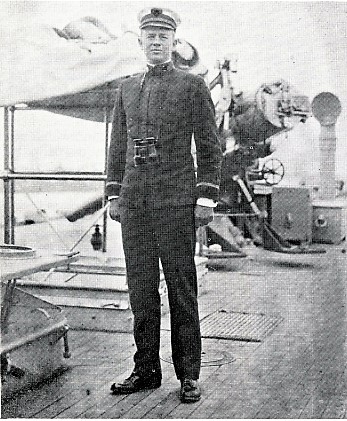R-14
Notes
General Photos
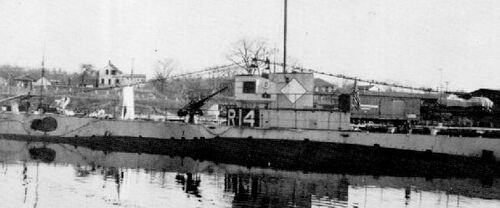
Photo in the private collection of Ric Hedman

Photo courtesy of Robert Suess and the Suess Family, now in the private collection of Ric Hedman.

Photo courtesy of Robert Suess and the Suess Family, now in the private collection of Ric Hedman.

Photo courtesy of Robert Suess and the Suess Family, now in the private collection of Ric Hedman.

Photo courtesy of Robert Suess and the Suess Family, now in the private collection of Ric Hedman.

Photo courtesy of Robert Suess and the Suess Family, now in the private collection of Ric Hedman.

Photo courtesy of Robert Suess and the Suess Family, now in the private collection of Ric Hedman.
Crew Photos, 1921
-
Photo courtesy of usna1917.com
-
Photo courtesy of Katie Gallemore Eliot

Photo courtesy of Robert Suess and the Suess Family, now in the private collection of Ric Hedman.
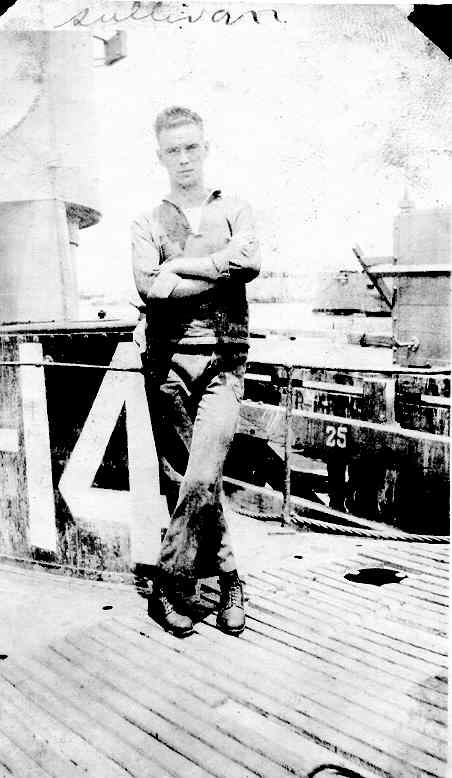
Photo courtesy of Robert Suess and the Suess Family, now in the private collection of Ric Hedman.

Photo courtesy of Robert Suess and the Suess Family, now in the private collection of Ric Hedman.

Dorsey was from Washington D.C. and Bridges came from Dallas, Texas.
Photo courtesy of Robert Suess and the Suess Family, now in the private collection of Ric Hedman.

Note: The photo appears to show a rather nasty looking scar on Suess's left cheek. We do not know if this was real, or if this is an artificial effect of a 100 year old photo.
Photo courtesy of Robert Suess and the Suess Family, now in the private collection of Ric Hedman.
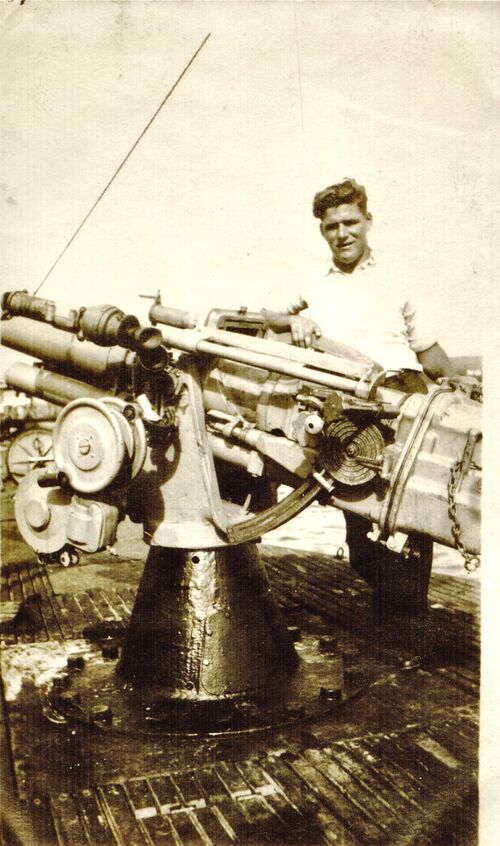
Photo courtesy of Robert Suess and the Suess Family, now in the private collection of Ric Hedman.

Photo courtesy of Robert Suess and the Suess Family, now in the private collection of Ric Hedman.
Interior Photos

Photo courtesy of Robert Suess and the Suess Family, now in the private collection of Ric Hedman.
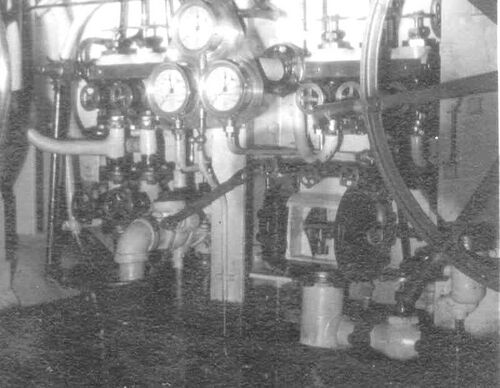
Photo courtesy of Robert Suess and the Suess Family, now in the private collection of Ric Hedman.
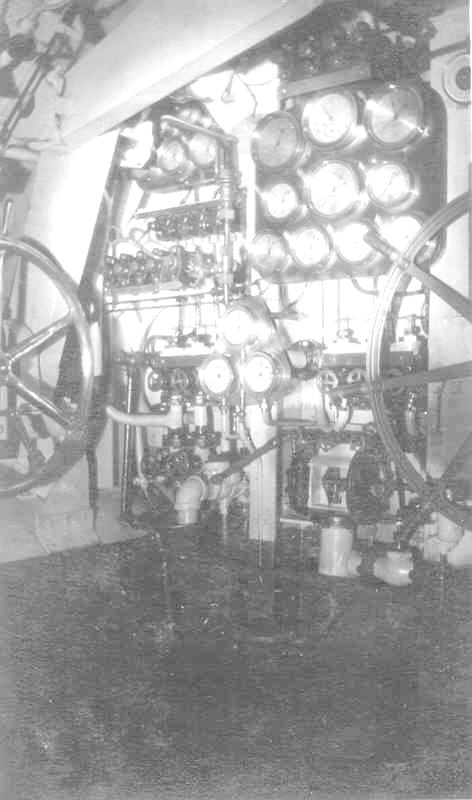
Photo courtesy of Robert Suess and the Suess Family, now in the private collection of Ric Hedman.

Photo courtesy of Robert Suess and the Suess Family, now in the private collection of Ric Hedman.
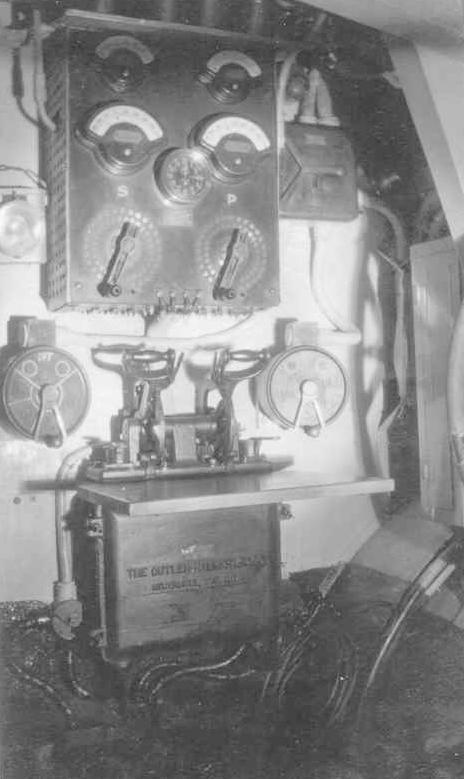
Photo courtesy of Robert Suess and the Suess Family, now in the private collection of Ric Hedman.
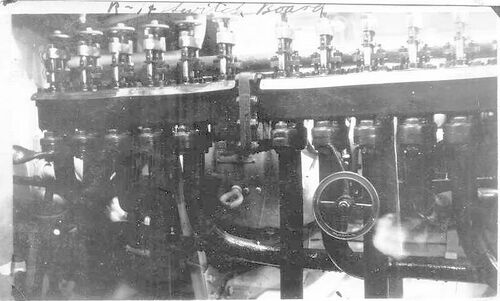
Photo courtesy of Robert Suess and the Suess Family, now in the private collection of Ric Hedman.

Photo courtesy of Robert Suess and the Suess Family, now in the private collection of Ric Hedman.

Photo courtesy of Robert Suess and the Suess Family, now in the private collection of Ric Hedman.
The Sailing Incident
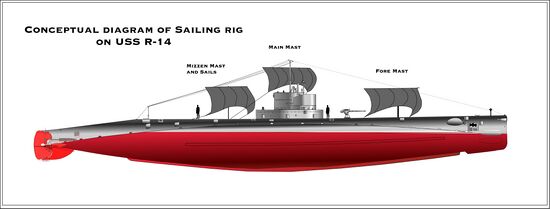
Illustration by Jim Christley. MAY NOT be used without permission.

Apparently, once they returned to port several prints of the photo were made and handed out to crewmen that wanted one. One of the prints made it to the National Archives, but this particular print came from the family of Ray Suess, and Ric Hedman has it in his personal collection. (see below). Ray Suess is seen leaning against the rail on the right, munching an apple. The acting CO, LT Douglas, is seen on the bridge on the far left, not wearing a hat. The rest of the crew shown are not identified.
Photo courtesy of Robert Suess and the Suess Family, now in the private collection of Ric Hedman.

Photo courtesy of Robert Suess and the Suess Family, now in the private collection of Ric Hedman.

Photo courtesy of Robert Suess and the Suess Family, now in the private collection of Ric Hedman.

Photo courtesy of Robert Suess and the Suess Family, now in the private collection of Ric Hedman.

A Ric Hedman photo.

Photo courtesy of Robert Suess and the Suess Family, now in the private collection of Ric Hedman.

Photo courtesy of Robert Suess and the Suess Family, now in the private collection of Ric Hedman.

Photo courtesy of Robert Suess and the Suess Family, now in the private collection of Ric Hedman.

Photo courtesy of Katie Gallemore Eliot.

Photo courtesy of Katie Gallemore Eliot.
Photos in the private collection of Ric Hedman.
Page created by:
Ric Hedman & David Johnston
1999 - 2023 - PigBoats.COM©
Mountlake Terrace, WA, Norfolk, VA
webmaster at pigboats dot com


